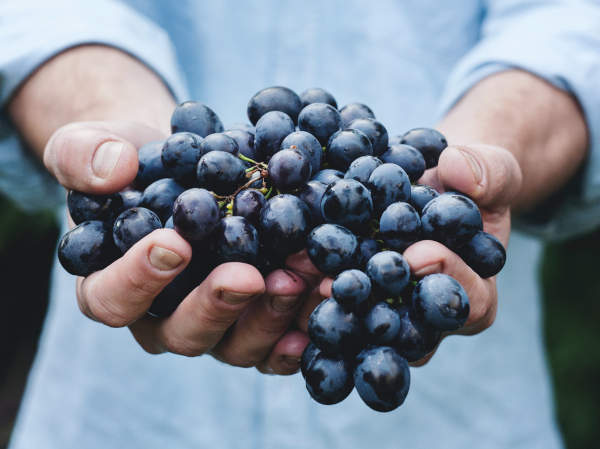Choosing a Dry Red Wine

Are you looking for a dry red wine to serve at your next party? Or maybe you’re just trying to learn more about wine in general? In either case, you’ve come to the right place! This blog post will teach some ins-and-outs about dry red wines. We’ll discuss different types and provide tips on how to choose the right one for your needs.
When it comes to red wine, there are two main categories: dry and sweet. As you might have guessed, dry red wines are those that contain less sugar than sweet red wines. The sugar from the grapes is allowed to be more completely used up by the yeast during the fermentation process, leaving behind a dry wine with very little sweetness.
Light-Bodied vs Full-Bodied
There are many different types of dry red wines, but they can broadly be divided into two categories: light-bodied and full-bodied. Light-bodied red wines tend to be lower in alcohol and have less tannins than full-bodied reds. This gives them a more refreshing quality and some people find them easier to drink. They’re perfect for casual gatherings or as an aperitif. Some examples of light-bodied red wines include Beaujolais and Pinot Noir.
Full-bodied red wines, on the other hand, are higher in alcohol and have more tannins. They have a richer, more complex flavor that can be perfect for a special occasion. Some examples of full-bodied red wines include Cabernet Sauvignon, Merlot, Malbec or Shiraz.
So, which type of dry red wine should you choose? That depends on your personal preferences and what you’ll be serving it with. If you’re having a hearty meal like steak or lamb, a fuller bodied high-tannin wine will pair well. But if you’re planning on serving lighter fare like chicken or fish, a lighter body low-tannin wine will be a better choice.
Where to start
Not sure where to start? A good rule of thumb is to choose a dry red wine from a region known for producing high-quality wines. Some of our favorites include the Napa Valley in California, the Rioja region in Spain, and the Barossa Valley in Australia.
Finally, it’s important to think about your own personal palette preferences when choosing a dry red wine. If you prefer a fruity taste, look for wines made from Merlot or Pinot Noir grapes. If you prefer a more earthy flavor, consider wines made from Cabernet Sauvignon or Shiraz grapes. And if you’re not sure what you like, don’t be afraid to ask your local wine shop for help. The experts there will be able to guide you towards the perfect dry red wine for your needs.
Now that you know a little bit more about picking a dry red wine, it’s time to start shopping! Luckily, there are plenty of great options available, no matter what your budget may be.






